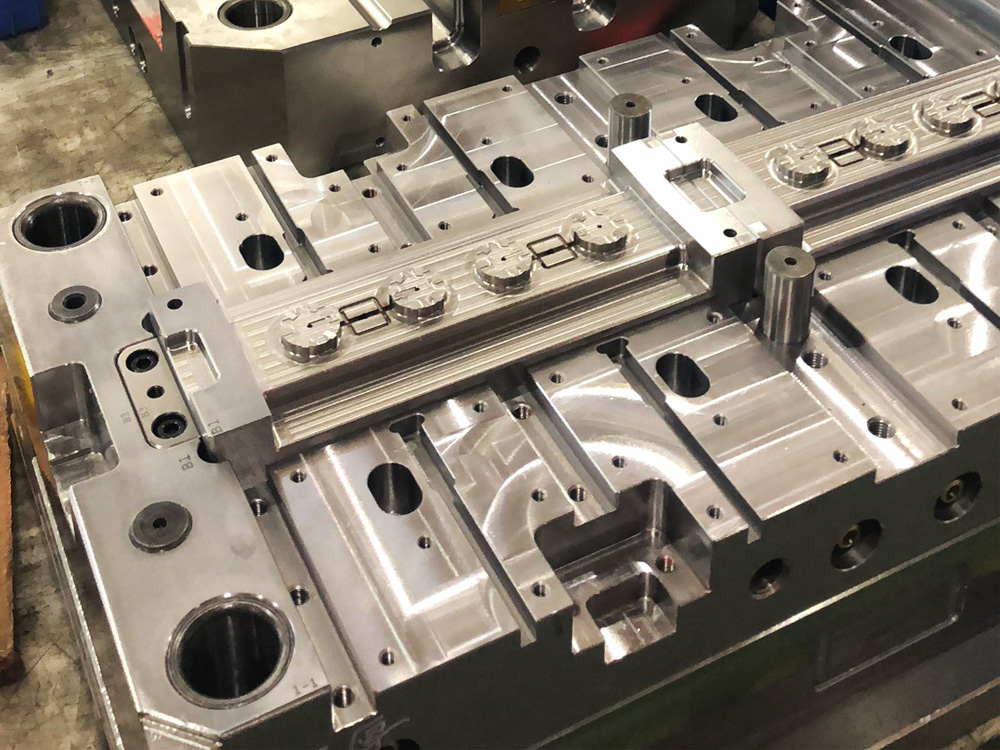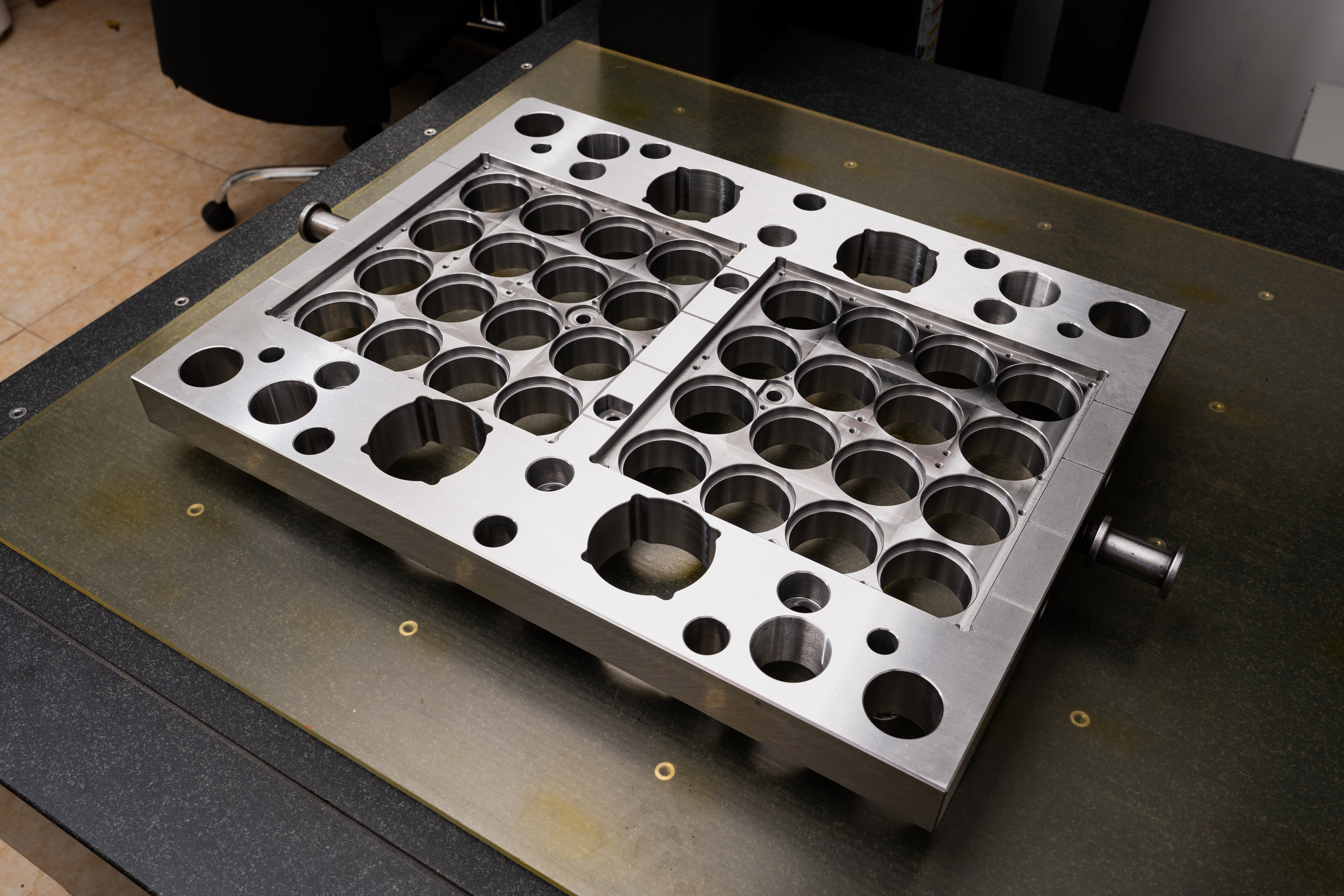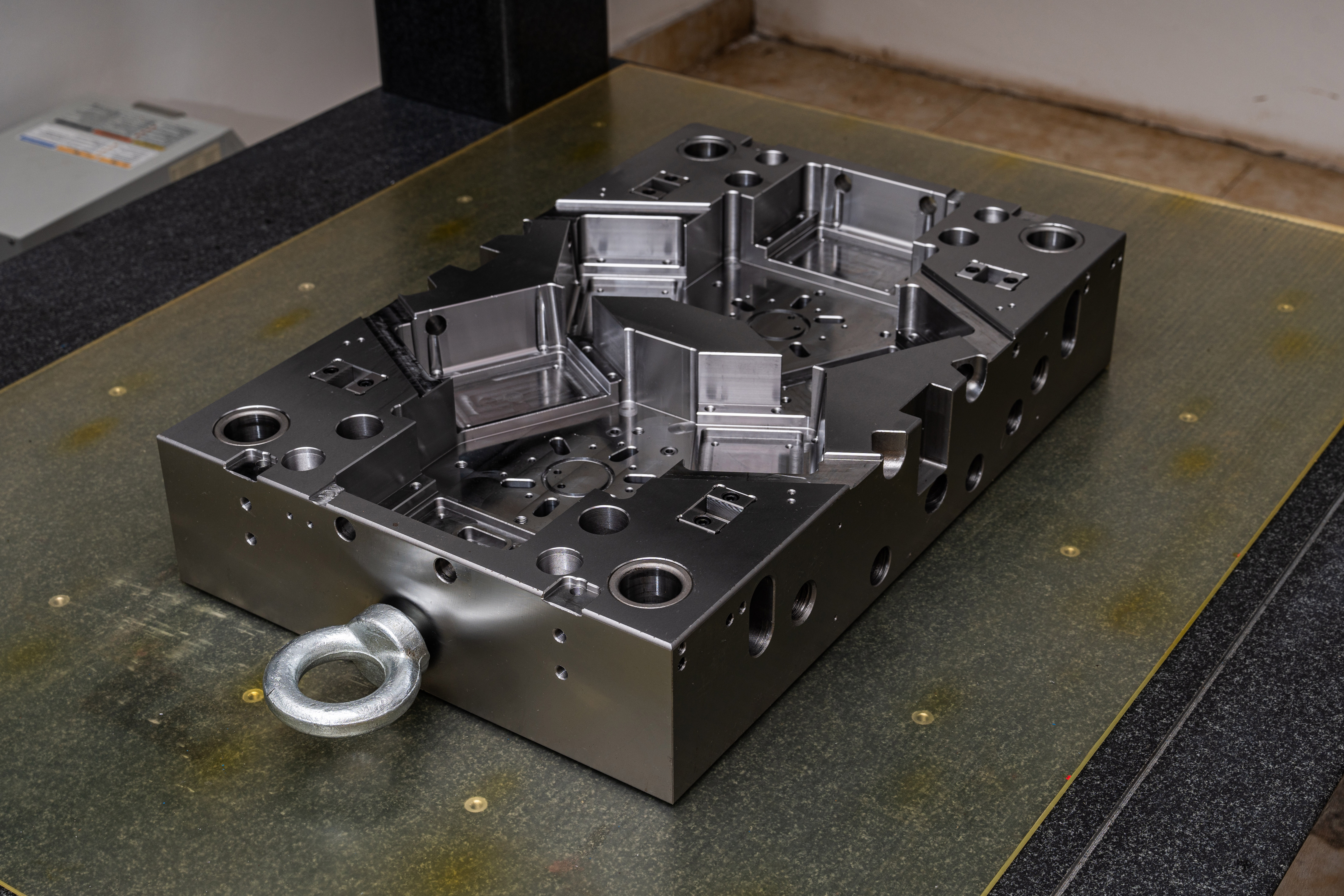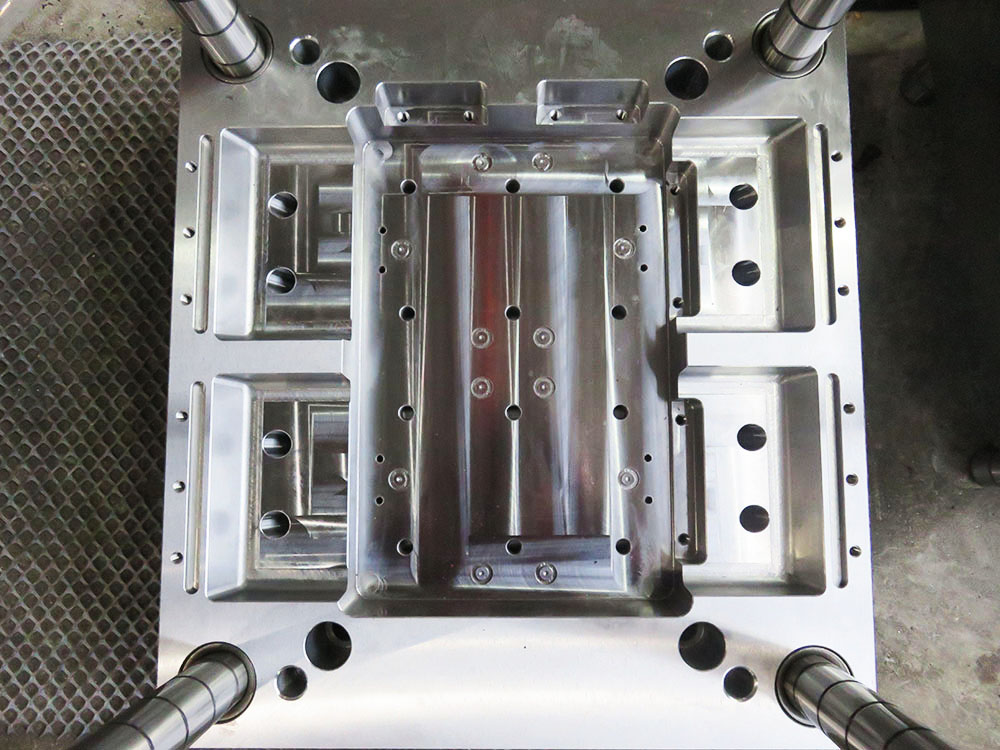How to Secure the Model Frame to the Mold: A Guide
In the mold base industry, securing the model frame to the mold is a critical process that ensures the accuracy and integrity of the final product. This guide aims to provide professionals in the field with a clear and concise overview of the steps involved in securing the model frame to the mold. By following this guide, you can ensure a secure and precise mold base for your project.
Step 1: Prepare the Model Frame and Mold
Before securing the model frame to the mold, both components must be properly prepared. Start by cleaning the surfaces of both the model frame and the mold to remove any dirt, debris, or residual material. This will create a clean and smooth surface for the frame and mold to adhere to.
Next, ensure that the model frame is properly aligned with the mold. Measure and adjust the position if necessary to ensure a precise fit. Proper alignment is crucial to prevent any deviations or distortions in the final product.
Step 2: Apply Adhesive or Mounting Materials
Once the model frame and mold are prepared, it's time to apply adhesive or mounting materials to secure the frame in place. Depending on the specific requirements of your project, you may choose from various types of adhesives, such as epoxy, cyanoacrylate, or hot melt adhesives.
Apply the chosen adhesive or mounting material evenly across the contact surface between the model frame and the mold. Ensure that the adhesive is spread uniformly to prevent any gaps or inconsistencies.
Step 3: Clamp or Fasten the Model Frame
After applying the adhesive, gently press the model frame onto the mold surface. Ensure that the frame is aligned correctly and make any necessary adjustments before proceeding. Once in position, apply clamps or other fastening mechanisms to hold the frame securely against the mold.
Depending on the size and complexity of the mold base, you may need to use multiple clamps or fasteners to evenly distribute the pressure and maintain the alignment. Avoid over-tightening the clamps, as this can distort the frame or mold.
Step 4: Allow Time for Curing or Drying
After securing the model frame to the mold, it is crucial to allow sufficient time for the adhesive or mounting material to cure or dry. Follow the manufacturer's instructions regarding curing time and environmental conditions. This step is essential to ensure a strong and durable bond between the frame and mold.
During the curing or drying process, avoid subjecting the mold base to any excessive vibrations or movements. This could disrupt the bonding process and compromise the integrity of the final product.
Step 5: Final Checks and Quality Assurance
Once the adhesive or mounting material has fully cured or dried, perform a thorough inspection of the secured model frame. Check for any signs of inadequate bonding, such as gaps, unevenness, or weak spots.
If any issues are detected, it may be necessary to repeat the securing process or seek professional assistance. Ensuring a secure and precise bond between the model frame and the mold is crucial for achieving high-quality mold bases and final products.
Conclusion
Securing the model frame to the mold is a critical step in the mold base industry. By following the steps outlined in this guide, professionals can ensure a secure and precise bond between the frame and mold. Proper preparation, adhesive application, clamping or fastening, and allowing adequate curing time are all essential for creating high-quality mold bases. By adhering to these best practices, professionals can achieve accurate and reliable results in their mold base projects.




